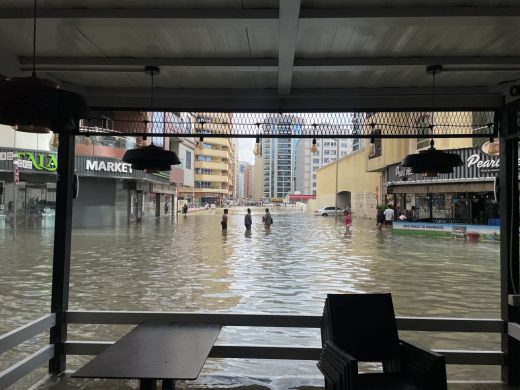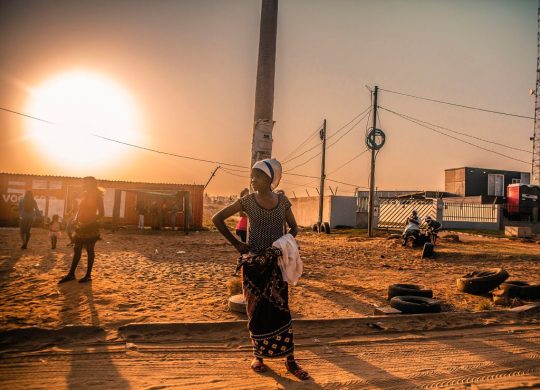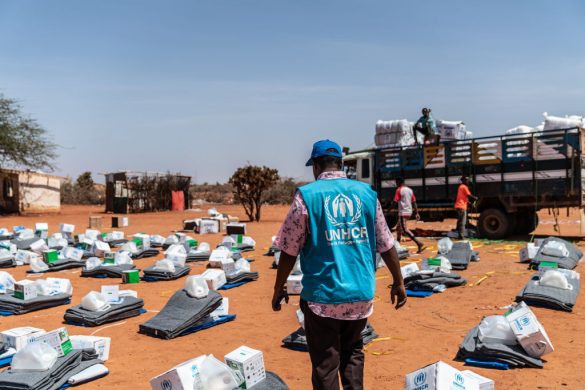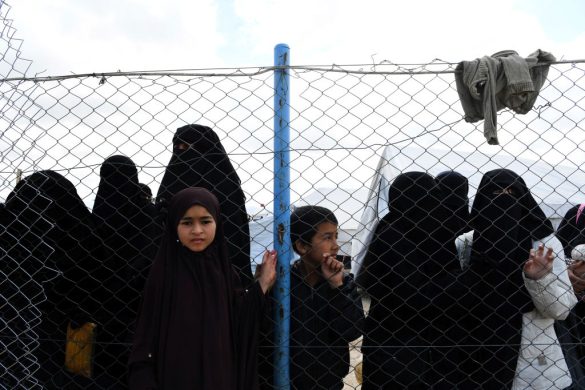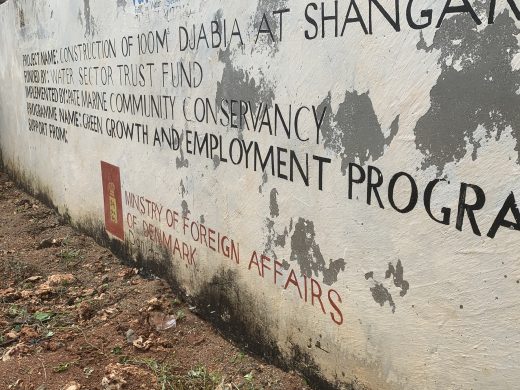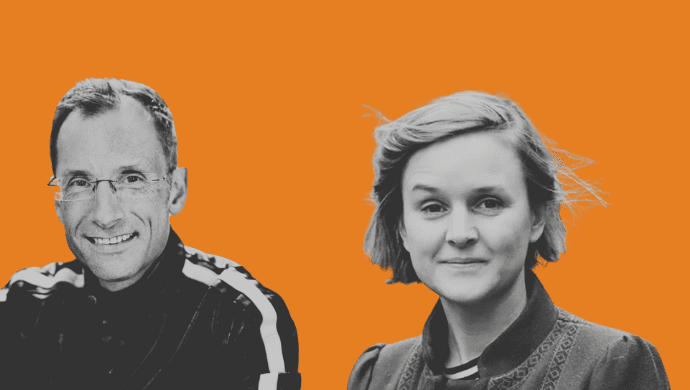Cities are becoming monsters. Look at the world’s biggest megacities. 38 million people live in Tokyo! Try to take a taxi and find the house of a friend in Japan’s capital. You need luck. Six billion people will live in cities by 2045.
Cities are the new states; today, many of the world’s 31 megacities have larger populations and economies than individual nations.
For many people, these big urban centers represent the land of opportunity, offering better chances of employment, increased access to education and health services, social mobility. For many others it’s a daily struggle for survival. In all big cities, the inequality between rich and poor has become gigantic and the divide seems only to grow.
We conducted a poll to investigate one aspect: how do women perceive their life in the world’s megacities? We chose women because they are the real economic accelerators, re-investing 90% of their salary into their families. When a woman thrives, her immediate community thrives with her.
Throughout June and July, we asked 380 gender experts in the 19 countries hosting the world’s biggest megacities to identify in which they thought women fared best and worst. The findings were eye-opening. They returned a truly compelling snapshot of the wider issues faced by women: from sexual violence, to security, to access to reproductive rights, from the risks of harmful cultural practices, to the lack of access to economic opportunities.
Storbyer i rige lande rangerer højest
London was voted the world’s most female-friendly metropolis, thanks to its provision of free healthcare and access to economic resources such as education and financial services. Tokyo and Paris came second and third.
But when we look at what concerned women most, the poll offers proper food for thought. In London, for example, experts cited the gender pay gap (a recent study by the Chartered Management Institute and XpertHR found on average, women earned £12,000 less than their male counterparts, while just 26% of director-led roles are filled by women as opposed to 74% by men) as well as extortionate childcare costs, as two of the major issues facing women today.
Our poll finds Cairo is the world’s most dangerous city for women. Experts point to widespread gender-based violence, suggesting that women’s issues are largely ignored. The figures available back this up: in 2013, 99% of women interviewed in Egypt by the UN reported sexual harassment. More shocking still, when we asked about protecting women against potentially harmful cultural practices, Cairo ranked as the worst city – and this, despite the fact that female genital mutilation (FGM) was officially outlawed in 2008. 90% of Egyptian women have suffered genital cuttings.
Voldtægt i busserne
Delhi and Sao Paulo both ranked last for sexual violence. In Sao Paulo, which has a population of 21 million, estimates show that only 10% of rape cases are reported. Local media continue to report on a series of sex attacks on buses, where the accused have been released for lack of evidence.
Delve a little deeper, and the figures are horrifying. Recorded cases of rape in Delhi –26 million – have risen by 67% between 2012 and 2016, mainly because women have started to report these cases after the infamous gang rape of a 23-year-old student on a bus in December 2012. Today, women are still constantly at risk, in spite of more punishing legislation.
And then there’s Lima – which came last when we asked about women’s access to healthcare. Experts told us there are wide gaps between the rich and poor’s ability to get medication and treatment, particularly when it comes to reproductive health. This is a city where access to emergency contraception is almost impossible, and abortion illegal, except to save the life of the mother. Women are therefore forced to turn to dangerous backstreet procedures – a leading cause of them dying in Peru. Abortion is restricted or forbidden in all South American countries, except Uruguay.
Også udfordringer i de europæiske storbyer
We know all too well that London, Paris and Tokyo – the three cities ranked ‘safest’ for women in our Poll – are not without their own very serious challenges.
Paris ranked second on health and fourth least risky for sexual violence. Women praised the city’s economic opportunities but said harassment is still a problem.
In London, residents lived through five major terrorist attacks in this year alone, not to mention a terrifying rise in acid attacks, and the horrifying inferno of Grenfell Tower as a result of inadequate building construction. However, our poll suggests that by comparison with the rest of the world, women in London perceive that they have fewer odds stacked against them.
Understanding and preparing for the biggest issues arising from mass urbanization is crucial if we really want to meet the UN’s global goals by 2030. As migration to urban areas outpaces the infrastructure needed to absorb and support this increased population, as policies to narrow urban inequalities are not seriously implemented, women’s living standards are at serious risk.
Find out more about how the world’s biggest cities are responding to challenges of urbanization at Trust Conference.





